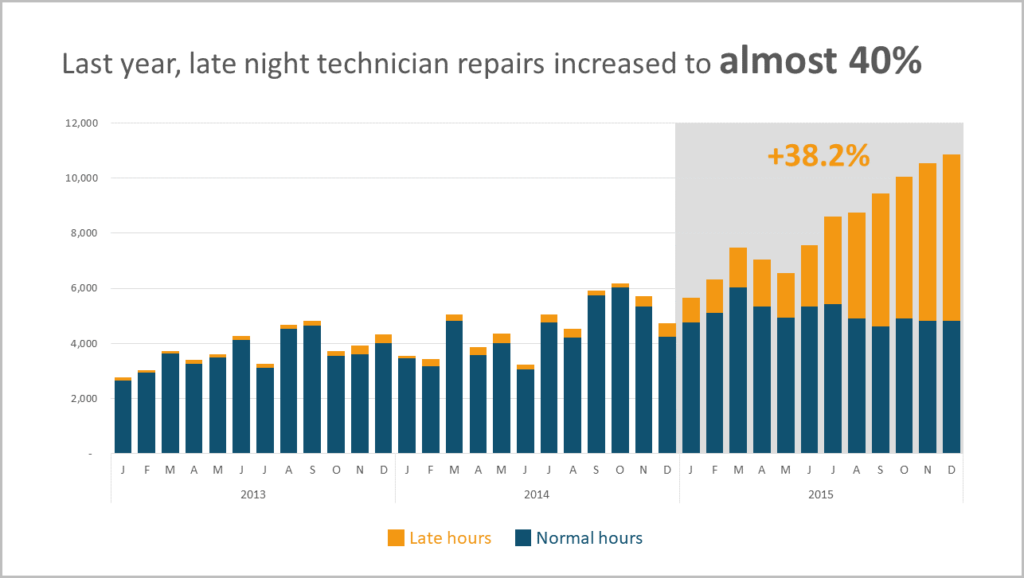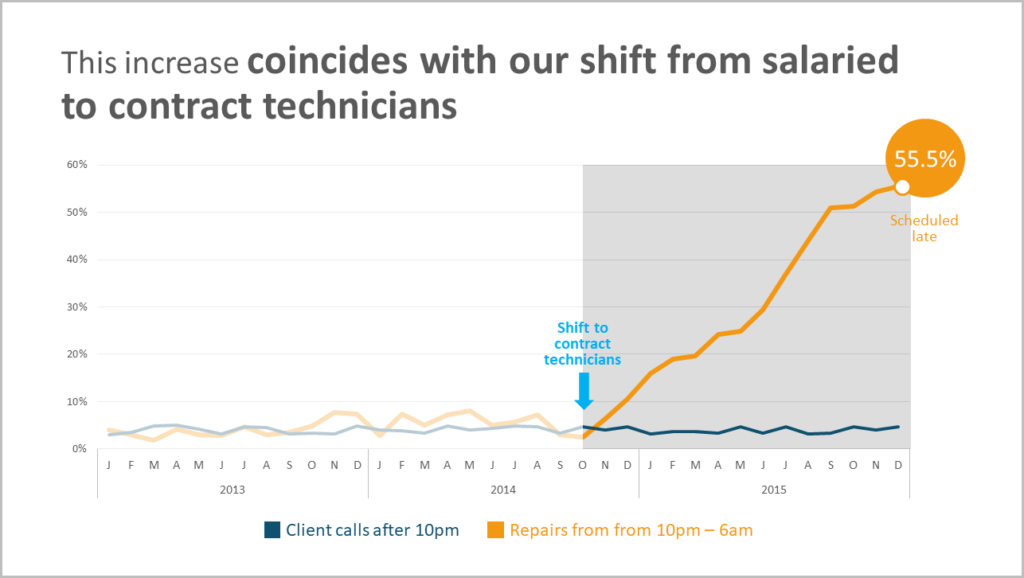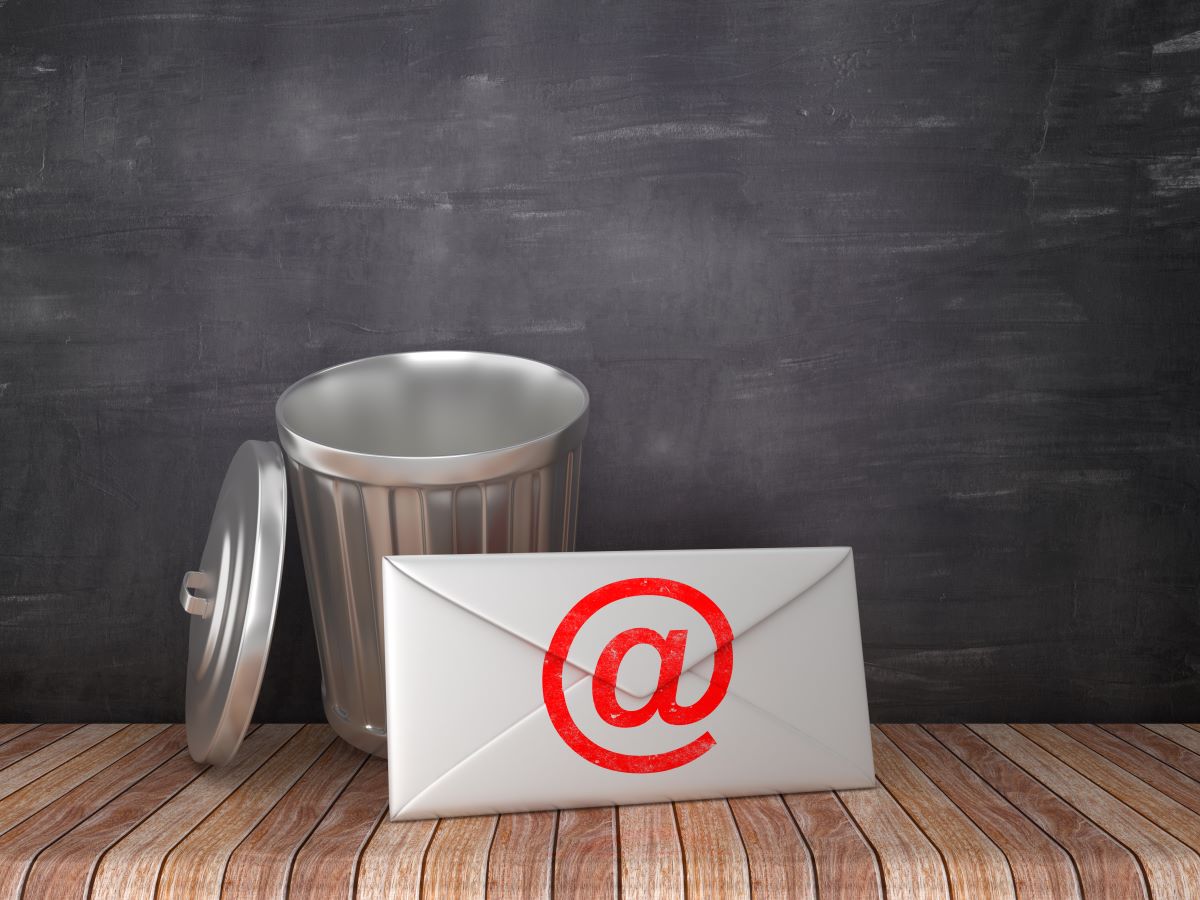We don’t always deliver our ideas in person. More often, we leave our proposal, sales pitch, or product update to the mercy of the send button. But – as any great communicator knows – timing and flow of information is everything. We must do our best to ensure our facts and data are served up to their best advantage.
Here are four simple tips that will get your ideas clearly across…and keep them out of the electronic dust bin.
1. Give Every Slide a News Headline
Delivering a story either in person or in an emailed presentation requires you to, as famed data guru Nate Silver says, “separate the signal from the noise”. Nowhere is this more important than in a presentation that is being read on screen and must deliver itself. For every slide, ask yourself: What is my signal? In other words, what is my key message here?
Then, put that message on the top of every slide like the headline of a news story. If someone is quickly scanning your presentation, your headline will be the first thing they see (maybe the only thing.) A vague headline like “Q4 Update” or “Summary” is not enough information hook your viewer, but a strong signal will compel the viewer to look deeper into your slide.
Also, every headline should further your story. If your audience is skimming your slide headlines quickly one after another, it should give them the gist of your key ideas.



2. Don’t (Necessarily) Send the Whole Thing
Let’s say you have a new product proposal with sixty slides. You’ve done your homework! It covers technical specs, project management timelines, marketing recommendations, hiring requirements, and cost projections. But not everyone you are sending it to needs to see every slide.
Consider breaking the presentation into parts that will resonate with that particular recipient. If you are sending it to the VP of Sales, perhaps just send the eight slides on marketing and sales. If you are emailing the presentation to tech managers, perhaps you could skip the financial or marketing pieces?
The bottom line is, always consider who is on the other end of your email. Every executive has different needs. Break your presentation into smaller parts to spare them the time it takes to wade through any information that doesn’t concern them. If you can answer their questions with eight slides, why send them 60?
Always be mindful of peoples’ time and you will have a much better chance of getting them to read your ideas.
3. Make it As Visual as Possible
Perhaps the most important fact we share in our workshops is this: visuals are processed sixty thousand times faster than text. So, the more you can convey your ideas visually, the more chance you will have to connect with your audience.
What are good visuals? Aside from charts and tables, you can make your ideas visual – and therefore memorable – by using photos, icons, shapes, and even simple, oversized text (not too much!).
So check again… is your presentation wall-to-wall (or slide-to-slide) bullets? Figure out how you can cut down the text by capturing your key ideas visually.

4. Save Your PowerPoint in an Easy-to-View Format
Fun fact: the view you save your PowerPoint presentation in – before you press send – is the view your recipient will see it. So, if you are in Notes or Handout view, it’s a good idea to switch it to the Normal slide view before you save it. In the spirit of not making your audience work any harder than needed to decipher your ideas, make sure your presentation is in the best mode for easy viewing.
Give Your Ideas Their Best Shot at Being Heard
Given how often our ideas must speak for themselves when we’re not around to present them, use these four tricks to give them their best advantage, will put you at an advantage.
To learn more about crafting compelling visual stories that motivate your audience to act, check out our award-winning business storytelling workshop.
